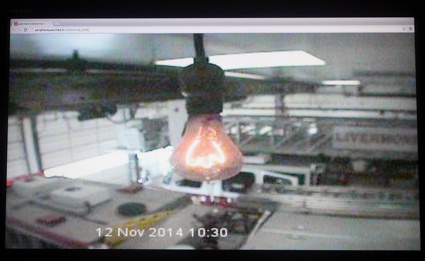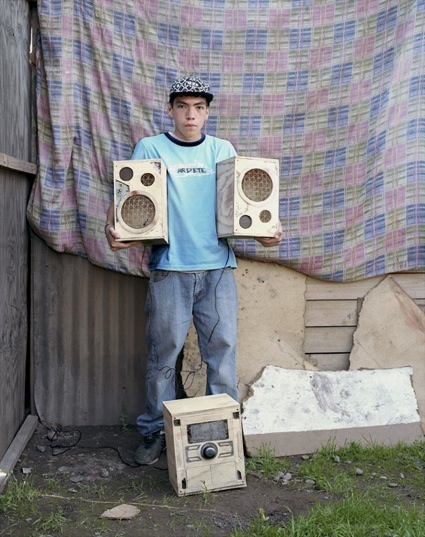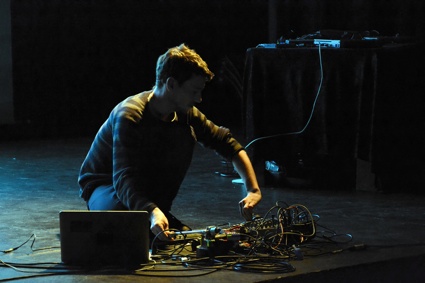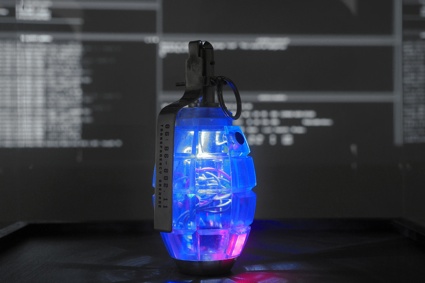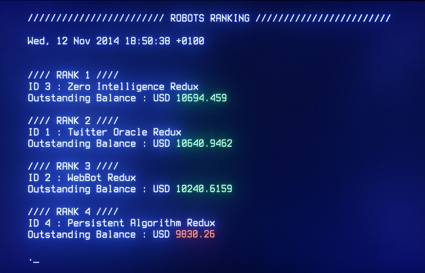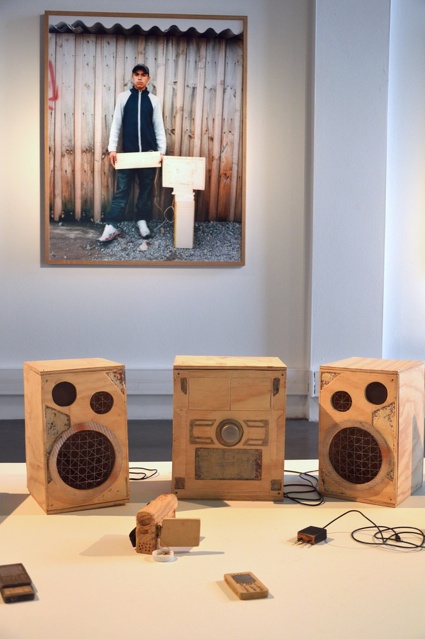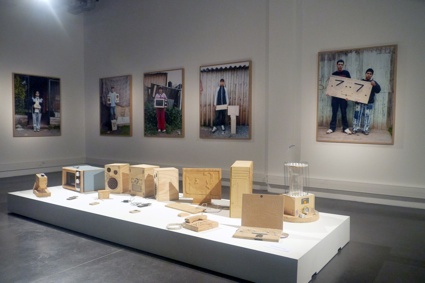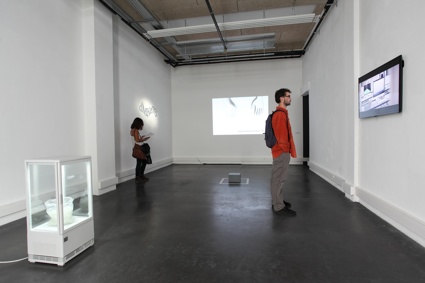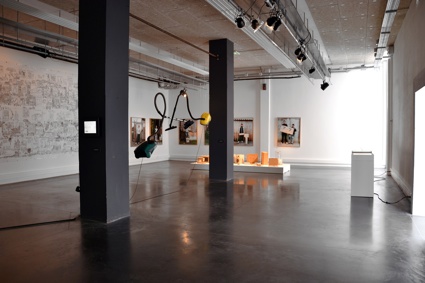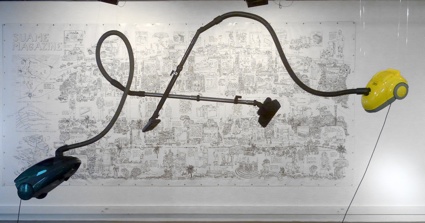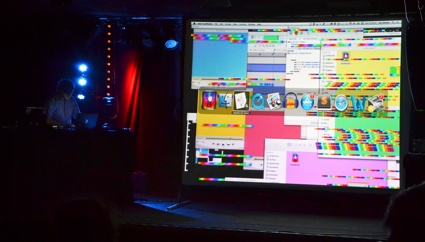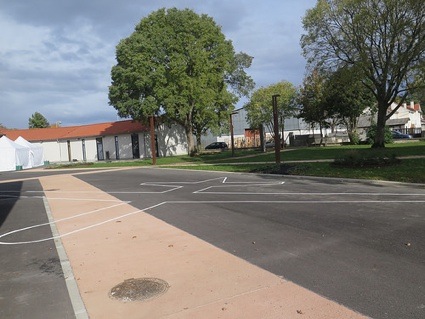Disnovation, an inquiry into the mechanics and rhetoric of innovation
|
The so-called Centennial Light has been burning for 113 years. It graces the ceiling of the Livermore-Pleasanton Fire station (in California), has its own live cam and is often cited as evidence for the existence of planned obsolescence in later-produced light bulbs. It also provides me with a fairly simple way to ease into the concept of 'disnovation'...
A few months ago, the festival accès)s( in Pau (France) invited the audience to take a critical look at the idea of a techno-driven progress, at a propaganda machine that promise that new 'advances' in information and communication technologies will solve our problems and fulfill the dreams we don't even know we had. All we need to do is update, upgrade and replace our devices. The problem is that this quest for the new, this confusion between 'innovation' and 'progress', has been seeping into other areas of the public sphere: politics, economy, eduction and art. This global phenomenon has contributed to institute techno-sciences as the core of modern dogma and the consommation / innovation pair as the driving force for the economics. This 'Disnovation' (a term coined by Gregory Chatonsky), this techno-capitalist innovation that feeds on our fear of obsolescence raises a series of questions: Are the continuous flight towards novelty and the negation of preceding values a human obligation, an intuitive tendency, an end in itself, a salutary value?
Is innovation the expression of an ideal whose purposes are dictated by mere economic and industrial choices?
How can artists become tacit actors for the spreading and popularization of innovations?
How does this context result as counter-relief in hijacked, critical, poetic, alternative practices?
The curators of accès)s(, artists Nicolas Maigret and Bertrand Grimault, invited artists and thinkers who question, comment on, fight or reveal this culture of disnovation. The festival was a breath of fresh air in my peregrination of media art events which often seem to celebrate far more than they challenge technology. The programme of exhibition, talks and performances Grimault and Maigret devised was by far one of the most exciting moments of the year 2015 for me. Sorry, i meant 2014. I am, as often, a bit behind schedule with my reviews. I did blog about some of the works on show a few months ago but allow me to add a couple more key pieces in the exhibition:
RYBN.ORG has spent the past few years studying obsolete trading algorithms. These automated traders execute pre-programmed instructions based on forecasts that become obsolete as soon as conditions change (in times of crisis, for example.) Some traders actually believe they might have as much chance of getting it right if they based their operations on blindfolded monkeys playing darts. RYBN.ORG dissected and analysed the mechanics of these algorithms. Then, they selected the wackiest and ogranised them into a kind of cabinet of curiosities.
Nicolas Floc'h was showing a brilliant project called Grand Troc Chili. He invited people living in an underprivileged community in Chile to a 'workshop of desires' and asked them to use discarded material and craft the objects they most needed but couldn't afford to buy. The pieces were then exhibited the objects made and even offered for barter: anyone interested in buying the sculpture made during the workshop could trade it for the actual object, which was then given to its author.
Clémence de la Tour du Pin worked with professional perfumers to capture the smell of «the brand new». Visitors of the show could take away a little sample of liquid that has the typical smell you detect as you enter a computer store.
Hoover contre Kaisui are two vacuum cleaners, one from a U.S. brand, the other French. They intermittently powered up and fought each other above the head of the visitors. In his video Anomalies construites, Julien Prévieux highlights the tension hidden within Google Sketchup. The 3D modeling computer program allows users to create 3D buildings inside Google Earth. The software is free. Is building architectural or civil engineering structures a form of creative leisure? Or is it a camouflaged (albeit entertaining) way to work unpaid for the corporation?
The 14th edition of the festival closed on November 16th, 2014. If you've missed it, you can still follow the research on the Disnovation tumblr. Programme curated by Nicolas Maigret and Bertrand Grimault. Previously: How to build an African concept car in 12 weeks, The Terminator Studies and Retail poisoning, a disruption of consumerism. |
